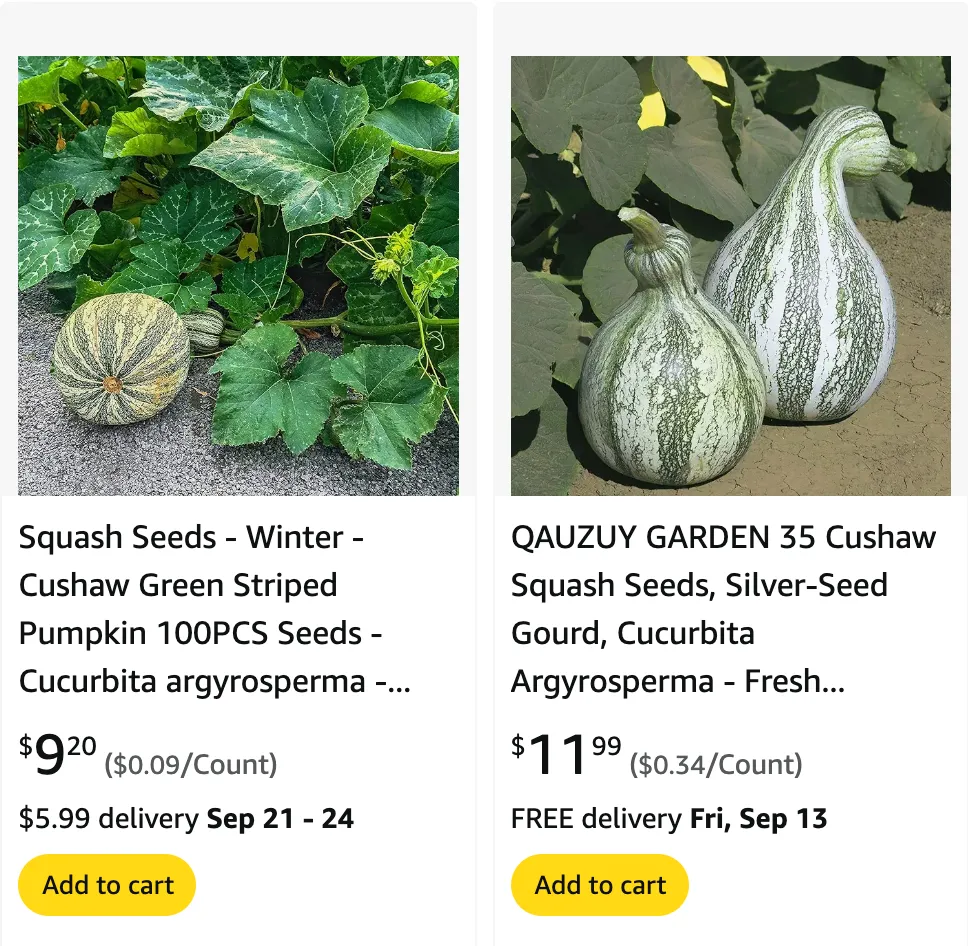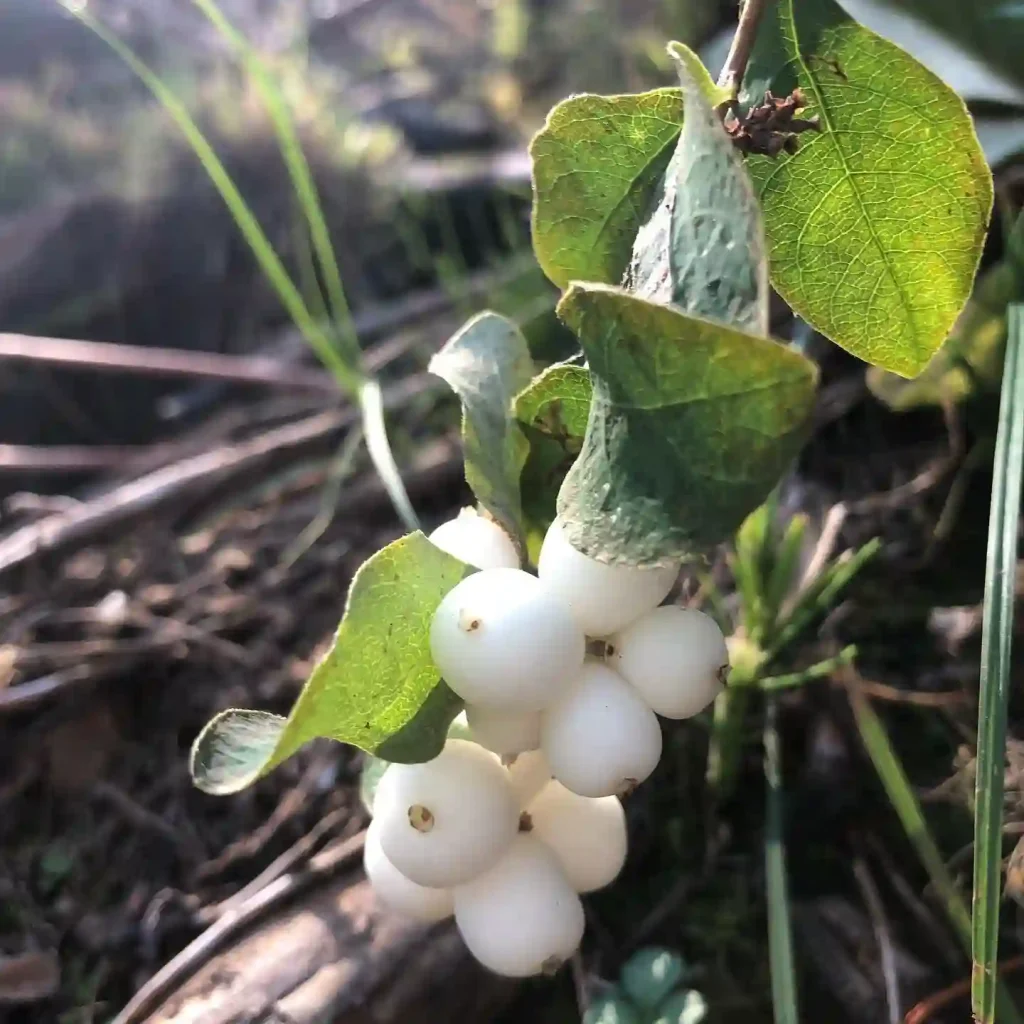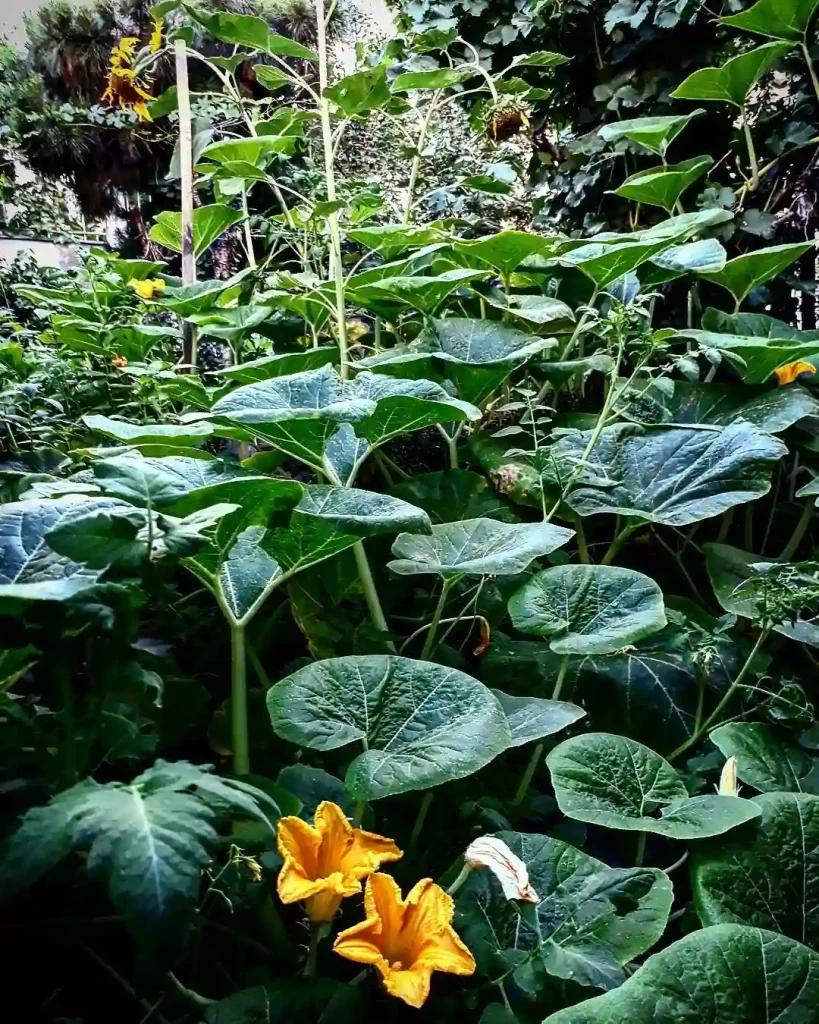
FAQs About Cucurbita Argyrosperma
I’ve recently become fascinated with Cucurbita Argyrosperma, also known as the Silver Seedeed Squash or Calabaza de Castilla. This plant, a lesser-known relative of the more familiar pumpkin and squash varieties, has a lot to offer. I’ve gathered some common questions and answers about this unique species that might help anyone considering adding it to their garden or simply wanting to learn more.
19 Species in Genus Cucurbita
What Is Cucurbita Argyrosperma?
Cucurbita Argyrosperma is a species of squash that originated in Central America. Known for its large, round fruits with a silver or grayish exterior, it’s commonly used in culinary dishes across Latin America. The plant is resilient and can thrive in a variety of soil types, making it a versatile choice for many gardeners.
How Big Does Cucurbita Argyrosperma Get?
One of the most frequent questions I encounter is, “How big does Cucurbita Argyrosperma get?” This plant is quite impressive in size. The vines can stretch up to 20 feet long, which makes them ideal for sprawling garden spaces. The fruits themselves can grow to a considerable size, often reaching 12 to 18 inches in diameter. These squash are not only large but also heavy, with some varieties weighing up to 15 pounds or more.
How to Care for Cucurbita Argyrosperma?
Proper care is essential to get the best out of Cucurbita Argyrosperma. Here’s a basic rundown:
- Sunlight: This squash requires full sun to grow optimally. Aim for at least 6 to 8 hours of direct sunlight daily.
- Soil: Plant in well-drained, fertile soil. Enrich the soil with compost before planting to ensure it has the nutrients needed for robust growth.
- Watering: Keep the soil consistently moist, especially during the growing season. However, avoid waterlogging, as it can lead to root rot.
- Fertilizing: Use a balanced fertilizer or one high in potassium and phosphorus to promote fruit development.
- Pruning: Regularly prune the vines to control their spread and remove any diseased or damaged parts.
How to Propagate Cucurbita Argyrosperma?
Propagating Cucurbita Argyrosperma is relatively straightforward. Here’s how:
- Seeds: Start seeds indoors about 6 weeks before the last frost date or sow them directly in the garden after the danger of frost has passed.
- Planting: Space seeds about 1 inch apart in well-prepared soil. Transplant seedlings when they have a few true leaves and the weather is warm.
- Spacing: Space the plants about 3 to 4 feet apart to allow room for their extensive growth.
What to Plant With Cucurbita Argyrosperma?
Companion planting can benefit Cucurbita Argyrosperma. Consider planting:
- Corn: Corn can provide natural support for the climbing vines.
- Beans: Beans fix nitrogen in the soil, benefiting the squash.
- Marigolds: These can help deter pests that might otherwise harm your squash.
Can You Grow Cucurbita Argyrosperma Indoors?
Growing Cucurbita Argyrosperma indoors is challenging due to its size. The plant requires ample space and strong light, which can be difficult to provide indoors. If you’re determined to grow it inside, make sure you have a large, sunny space and consider using grow lights to supplement natural light.
Is Cucurbita Argyrosperma Toxic?
Cucurbita Argyrosperma is not known to be toxic to humans or pets. It is a safe and nutritious addition to the diet. However, always ensure you handle and prepare it properly to avoid any potential issues related to food safety.
Benefits of Cucurbita Argyrosperma
Cucurbita Argyrosperma offers several benefits:
- Nutritional Value: The squash is rich in vitamins A and C, potassium, and dietary fiber.
- Culinary Uses: It has a sweet, nutty flavor that is excellent for soups, stews, and baking.
- Ornamental Value: The plant’s large fruits and vigorous growth can add a unique aesthetic to your garden.
Common Problems with Cucurbita Argyrosperma
Some common problems to watch out for include:
- Pests: Squash bugs and aphids can be problematic. Regular inspection and treatment can help manage these pests.
- Disease: Powdery mildew is a common fungal disease. Ensure good air circulation and avoid overhead watering to minimize the risk.
- Poor Pollination: If fruits are not forming well, check for pollination issues. Hand-pollinating flowers can sometimes help.
Comparing Cucurbita Argyrosperma with Other Squash Varieties
When comparing Cucurbita Argyrosperma with other squash varieties, such as butternut or acorn squash, here are some key points:
- Size: Cucurbita Argyrosperma tends to be larger than many other varieties.
- Flavor: Its flavor is often sweeter and nuttier compared to butternut squash.
- Growth Habit: It has a more sprawling growth habit compared to the bushier types like acorn squash.
In conclusion, Cucurbita Argyrosperma is a fascinating and versatile plant with a lot to offer. Whether you’re growing it for its impressive fruits or its unique aesthetic, it’s worth considering for your garden. With the right care and attention, you can enjoy the benefits and beauty of this remarkable squash.
If i die, water my plants!



